
Dr. Theresa Rank-Lueftinger
Hi there,
I’m Theresa, Astrophysicist working at the European Space Agency as the project scientist for the Ariel space mission.
About me
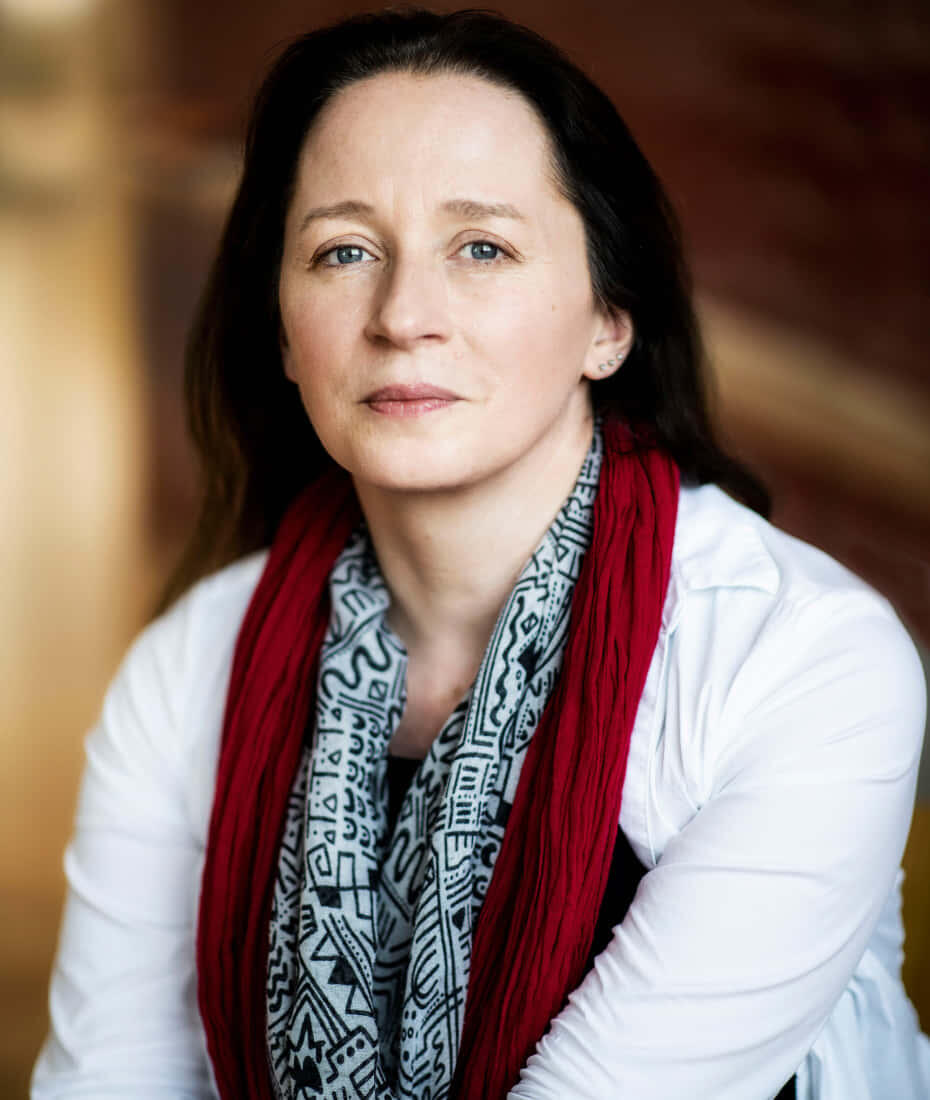
As a child I was fascinated by stars and the night sky, often lying in the grass in my home village in Austria, admiring those bright spots in the sky and wondering if there was life near them.The decision to study Astrophysics was an easy one and led me to the University of Vienna, where I did my PhD, investigating the magnetic fields of hot stars and how these influence the stellar structure on the surface and inside. My research focus in the coming years shifted from hot to cool, sun-like stars. By investigating spots on the stellar surface and magnetic fields using the Zeeman Doppler Imaging technique I study how stellar activity, triggered by the magnetic field, shapes Exoplanets and their atmospheres.
My research and observing activities as a Postdoc (around the world) and later on as staff Astronomer at the University of Vienna in the ensuing years brought me to beautiful and often remote places I would probably never have visited if it had not been for my work in astrophysics.
In June 2020 I joined ESA and now have the big pleasure to combine in research what fascinates me the most: Space missions and Space flight with research on Exoplanets and their host stars being the ESA Ariel Project Scientist.
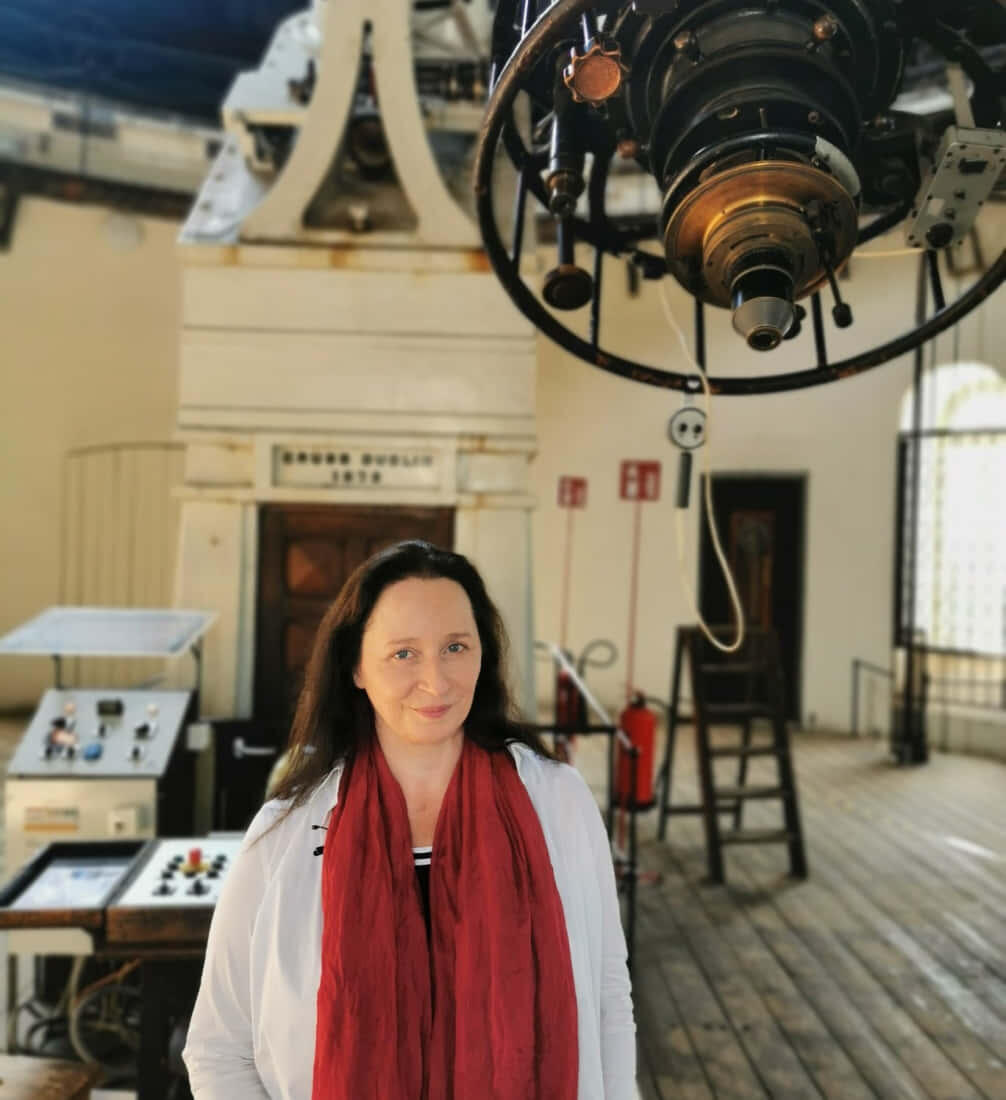
Ariel
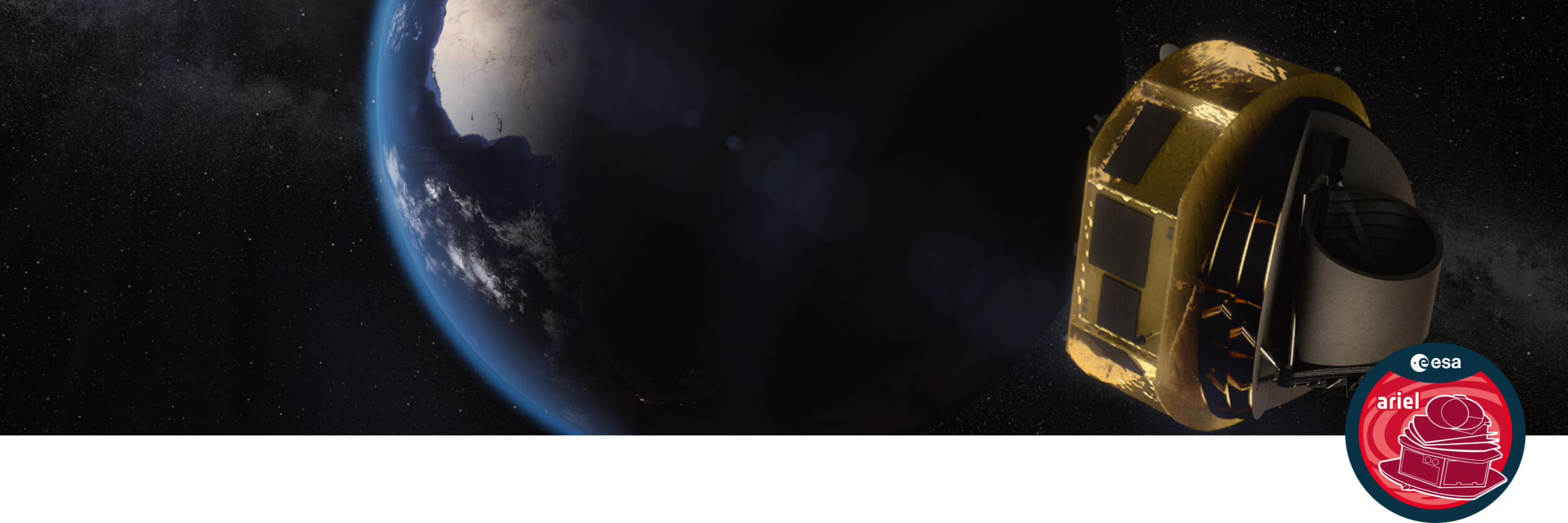
Ariel is the M4 (4th medium-sized) mission in the ESA Cosmic Vision longterm plan, for which I do have the big pleasure to be the ESA Ariel Project Scientist. Ariel was selected in March 2018 and has now completed phase B1 (the definition study phase). The final study phase milestone was Mission Adoption achieved on 12 November 2020. After the succesful adoption the actual mission implementation started off in the beinning of 2021, with a planned launch by an Ariane 62 launcher in 2029 for a nominal 4 year mission, with a possible extension to 6 years.The objective of Ariel is to perform a chemical sensus of a large (of order 1000) well selected diverse sample of primarily warm and hot exoplanets orbiting relatively nearby host stars with a range of spectral types from A to M. The key science questions Ariel will address are:• What are the physical processes shaping planetary atmospheres?
• What are exoplanets made of?
• How do planets and planetary systems form and evolve?
The target selection will be made before launch based on ESA science team and community inputs, and can be updated throughout the mission. The mission will deliver a homogeneous catalogue of planetary spectra, yielding refined molecular abundances, chemical gradients and atmospheric structure; diurnal and seasonal variations; presence of clouds and measurement of albedo.
ESA and Consortium information on the Ariel mission:
Ariel – Cosmos ESA
Ariel – Science ESA
Ariel – Consortium Homepage
Ariel – Blueprint to Reality ESA
Science
Overview
Being the ESA Project Scientist, I do have the big pleasure being able to investigate the atmospheres of Exoplanets together with the Ariel Mission Consortium in the framework of a uniques ESA Space Mission: Ariel will perform the first huge chemical sensus of a large (of order 1000) well selected diverse sample of primarily warm and hot exoplanets orbiting relatively nearby host stars with a range of spectral types from A to M. We will try answer key science questions like:
• What are the physical processes shaping planetary atmospheres?
• What are exoplanets made of?
• How do planets and planetary systems form and evolve?
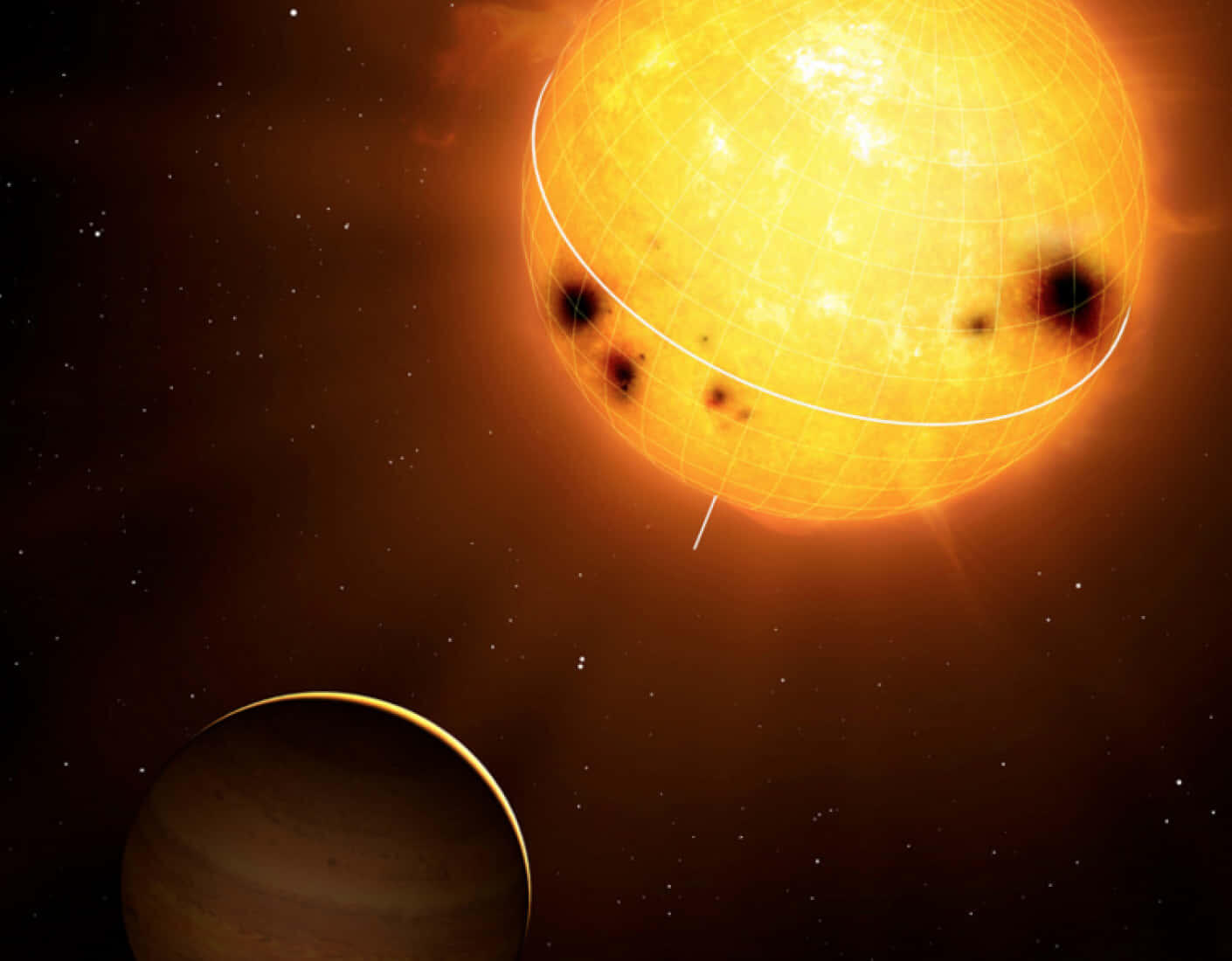
Stellar activity acting on planetary atmospheres (Artist rendering of HD52265 and its orbiting Jupiter-like planet. Image cortesy of MPI for Solar System Research/Mark A. Garlick)
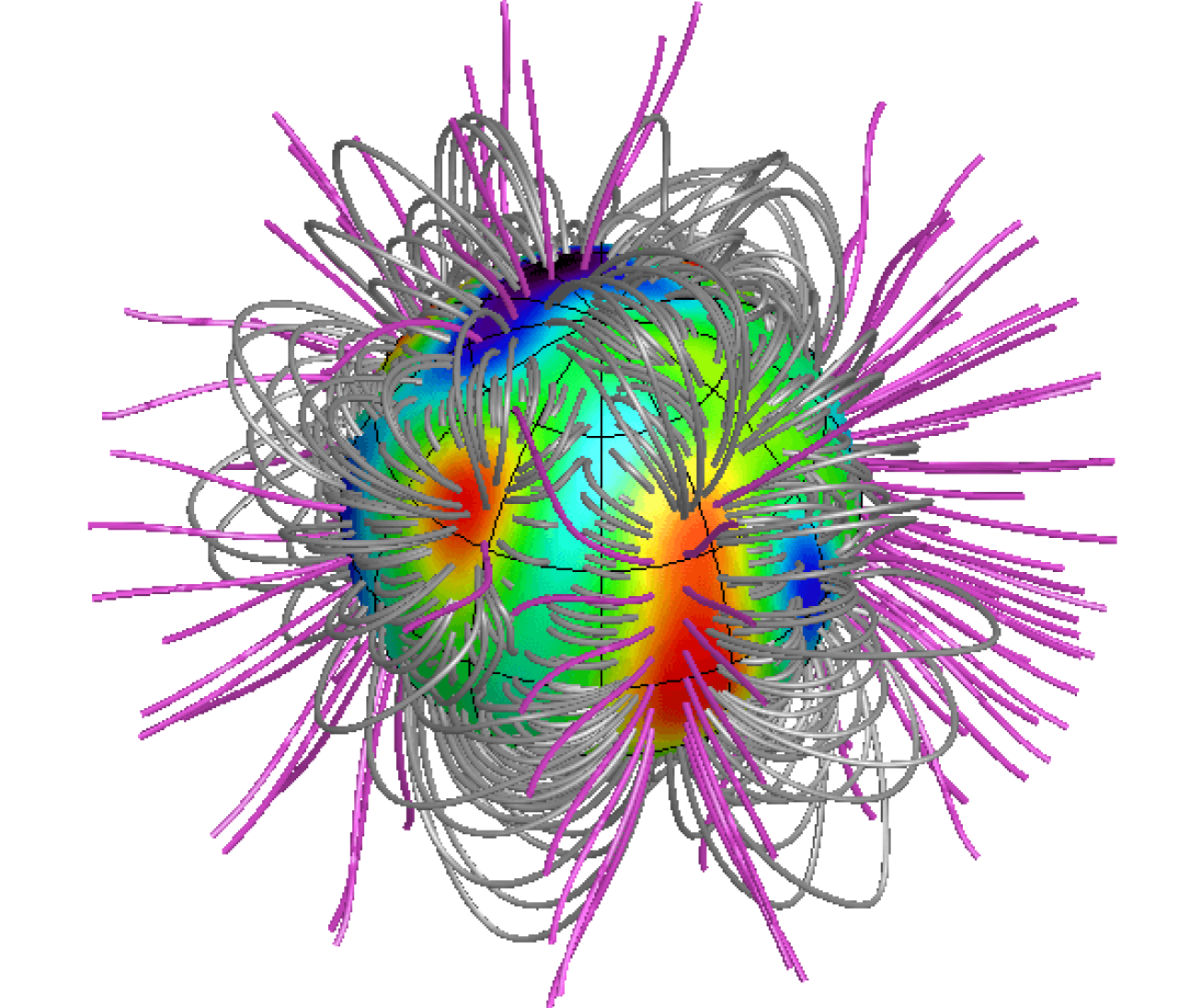
Zeeman Doppler image of the magnetic field of the young Sun pi¹UMa
Exoplanets
The discovery and characterisation of worlds in other stellar systems is arguably one of the most exciting topics in current astrophysics and space science. My research interests in this context center around the analyis of cool, sun-like stars, investigating their magnetic fields and spotty structures on their surface and to study how the activity of host stars (triggered by the magnetic field) shapes surrounding Exoplanets and their atmospheres.
Main Research Areas
Stellar astrophysics and studies of stellar-exoplanetary system relations (habitability), magnetic fields of stars, stellar winds, structure of stellar atmospheres and stellar surfaces and their investigation with techniques such as Doppler imaging, Zeeman Doppler imaging and photometric imaging (based on data from space telescopes like CoRoT, Kepler, and TESS): stellar surface tomography.
Applying observational techniques like high resolution spectroscopy and spectropolarimetry in optical and infrared wavelengths and analysis based on photometric space data.
Studying the influence of stellar magnetic fields, activity and winds on the composition and evolution of exoplanetary atmosphers and star planetary system relations.
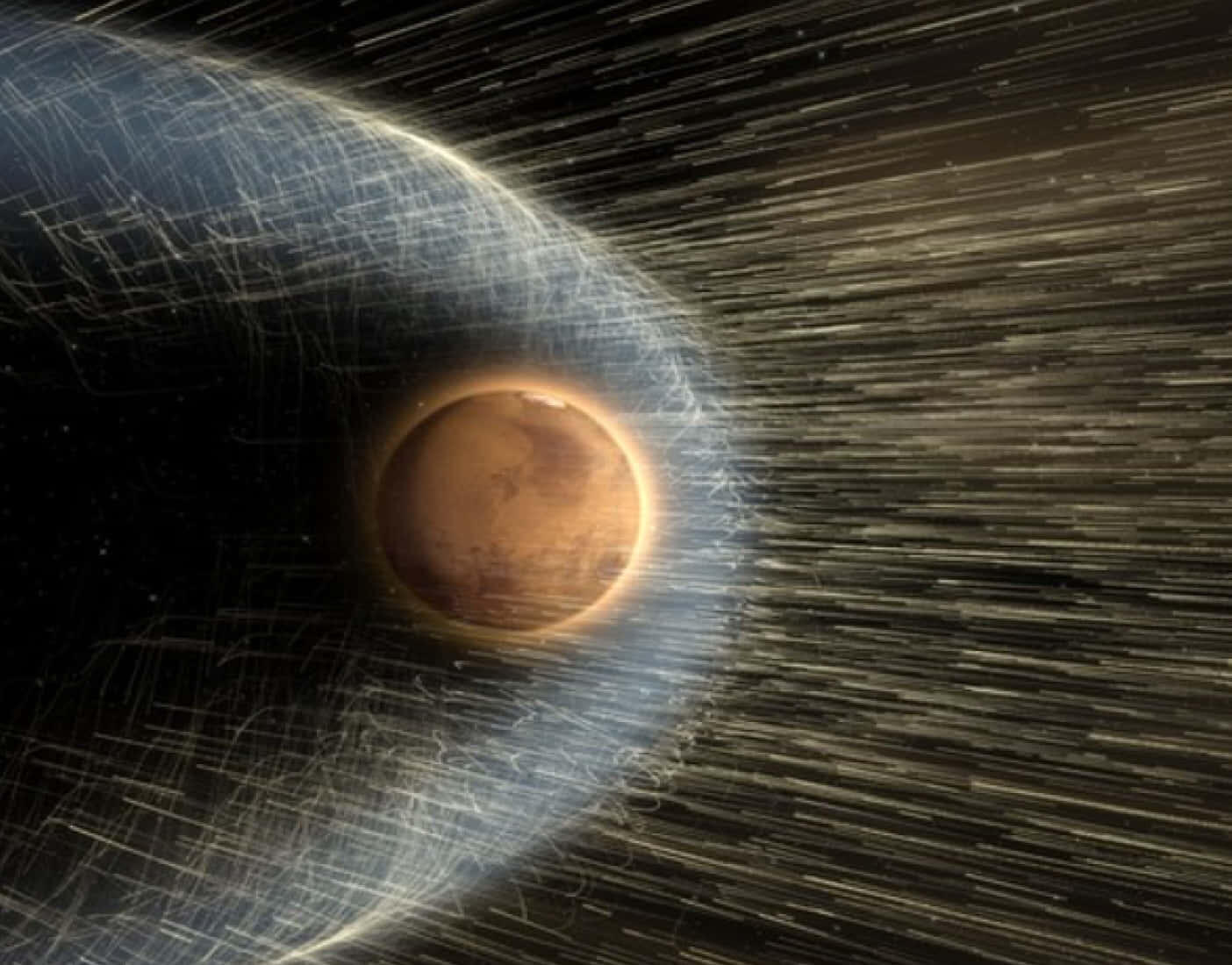
Stellar activity acting on planetary atmospheres (Artist rendering of HD52265 and its orbiting Jupiter-like planet. Image cortesy of MPI for Solar System Research/Mark A. Garlick)
Outreach
Education
As a passionate scientist I am fully aware of the importance of making our research accessible and available to the general public. I highly enjoy activities in this respect and am regularly present in News: Newspapers, Radio, TV, and regularly publish press releases. I also enjoy giving public talks, including events in kindergardens, schools, planetaria and museums. These talks focus especially on the subjects of Exoplanets, Habitability, and the Search for Life.
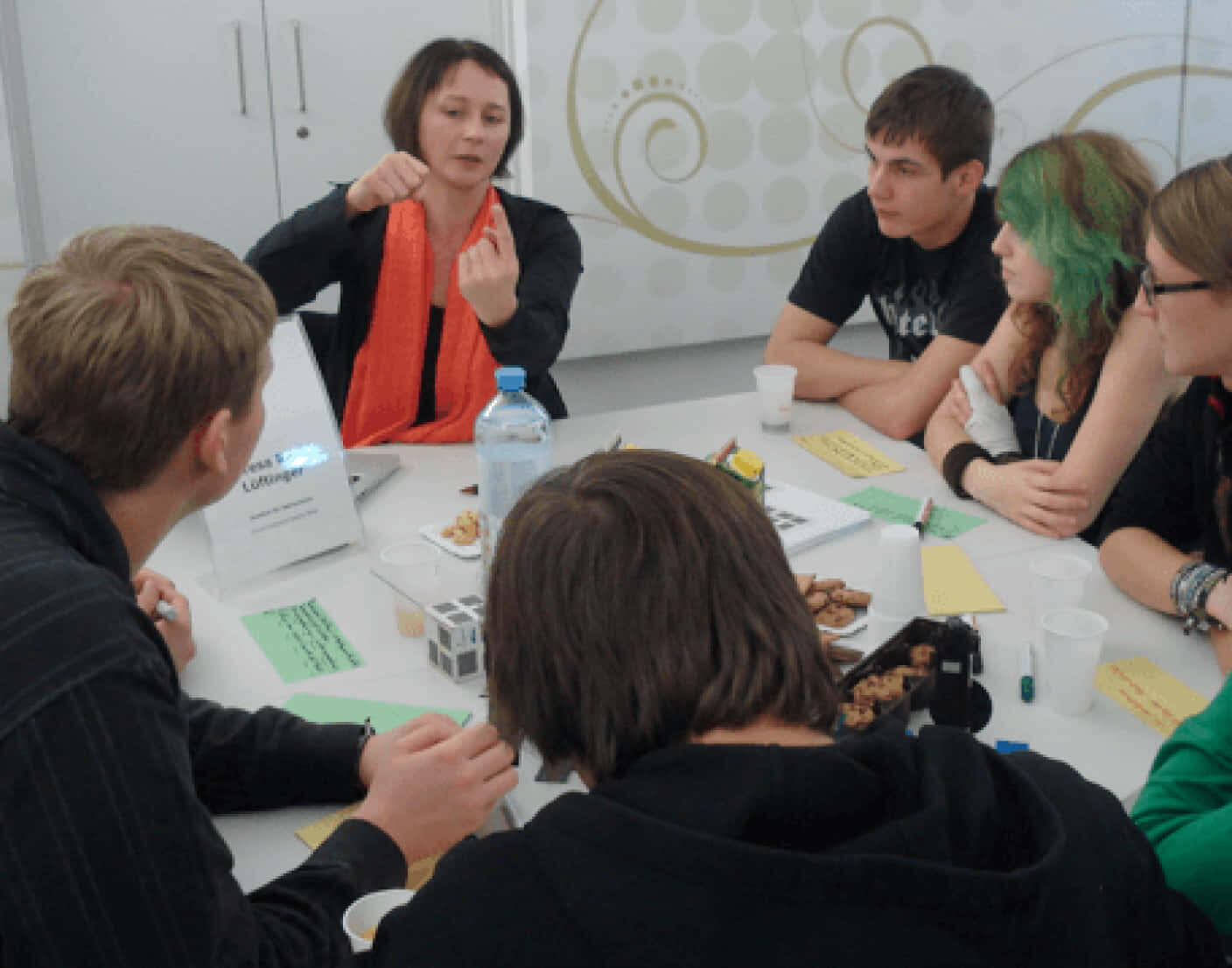
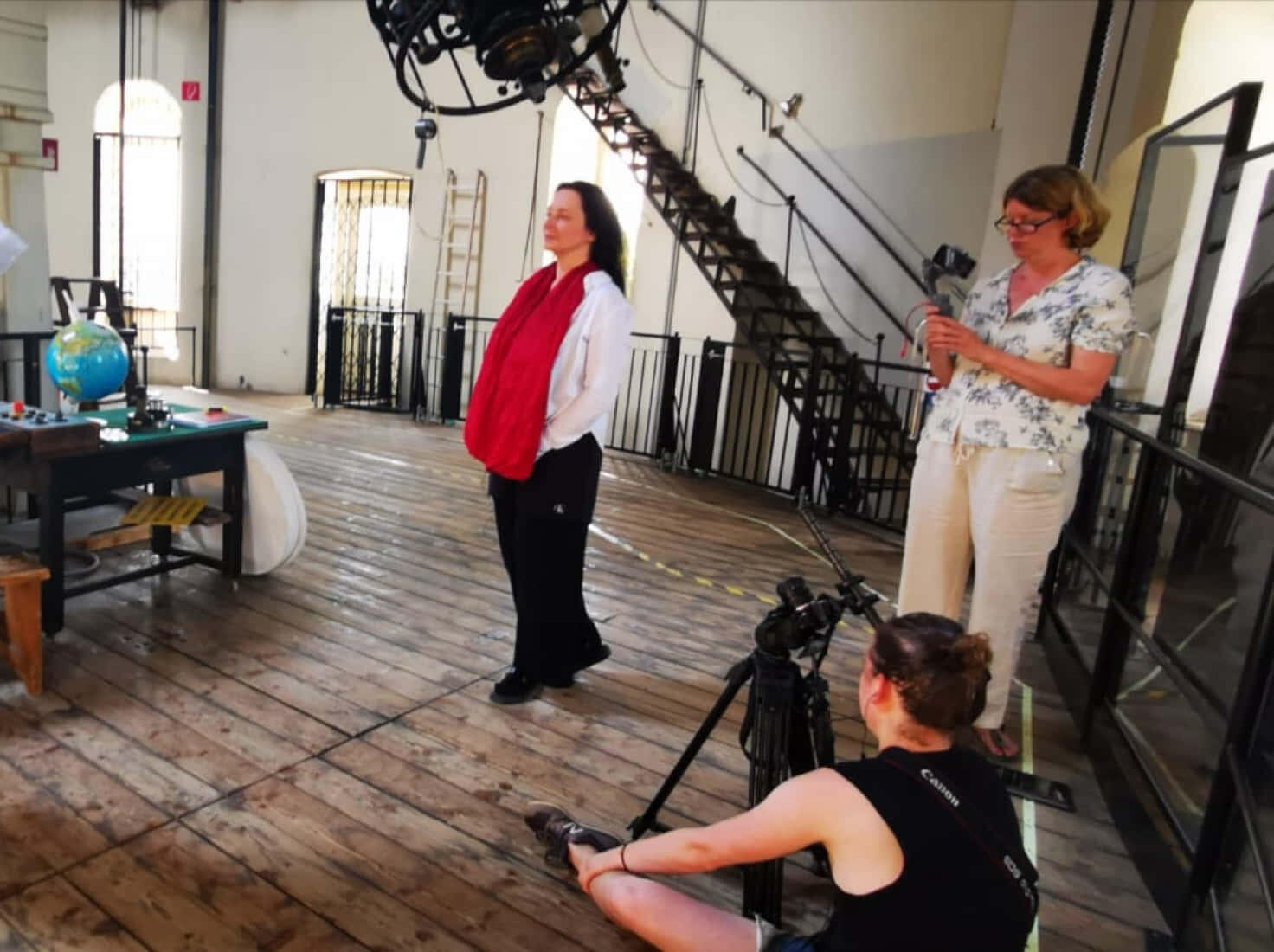
Public Work
I am also a founding Member and Organizer of the successful Public Lecture Series at the Department of Astrophysics, University of Vienna: “Nachts auf der Sternwarte” – since March 2013: 70 events, more than 4000 visitors; Regular participation in the “Long Nights of Science” and “Astronomy Days” events.In the meantime, at ESA, I am, with big pleasure, heavily involved in the PR efforts for the Ariel Mission!
Publications
Lüftinger, T., Güdel, M., Johnstone, C. P., Kislyakova, K. G., Boro Saikia, S., Kochukhov, O. 2021, Living around a Young Sun: Magnetic field, Winds and Atmospheric Erosion around the Young Solar Type Star π1 UMa, A&A, in prep.
Lynch, B. J., Airapetian, V. S., Kazachenkod, M. D., DeVoree, C. R., Lüftinger, T., Kochukhov, O., Rosén, L., and Abbett, W. P. 2020, Initiation of a Superflare and Carrington-scale Coronal Mass Ejection from the Young Sun, Nature Astronomy,
Boro Saikia S., Lueftinger, T., Jeffers, S. V., Folsom, S. V., See, V., Petit, P., Marsden, S. C., Vidotto, A. A. , Morien, J., Reiners, A., Guedel, M. 2018, Direct evidence of a full dipole flip during the magnetic cycle of a sun-like star, A&A Letters, 620, 11, arXiv:1811.11671, DOI:10.1051/0004-6361/201834347
Lammer, H., Erkaev, N. V., Fossati, L., Juvan, I., Odert, P., Cubillos, P. E., Guenther, E., Kislyakova, K. G., Johnstone, C. P., Lüftinger, T., & Güdel, M. 2016, Identifying the ‘true’ radius of the hot sub-Neptune CoRoT-24b by mass-loss modelling, MNRAS, 461, L62-L66, arXiv:1605.03595, DOI:10.1093/mnrasl/slw095
Johnstone, C. P., Güdel, M., Lüftinger, T., Toth, G., & Brott, I. 2015, Stellar winds on the main- sequence. I. Wind model, A&A, 577, A27, arXiv:1503.06669, DOI:10.1051/0004-6361/201425300
Lüftinger, T., Vidotto, A. A., & Johnstone, C. P. 2015, Magnetic Fields and Winds of Planet Hosting Stars, Characterizing Stellar and Exoplanetary Environments, 411, 37, DOI:10.1007/978-3- 319-09749-7 3
Kochukhov, O., Lüftinger, T., Neiner, C., Alecian, E., & MiMeS Collaboration 2014, Magnetic field topology of the unique chemically peculiar star CU Virginis, A&A, 565, A83, arXiv:1404.2645, DOI:10.1051/0004-6361/201423472
Lüftinger, T., Kochukhov, O., Ryabchikova, T., Piskunov, N., Weiss, W. W., & Ilyin, I. 2010, Magnetic Doppler imaging of the roAp star HD 24712, A&A, 509, A71, arXiv:0910.5556, DOI:10.1051/0004-6361/200811545
Lüftinger, T., Fröhlich, H.-E., Weiss, W. W., Petit, P., Aurière, M., Nesvacil, N., Gruberbauer, M., Shulyak, D., Alecian, E., Baglin, A., Baudin, F., Catala, C., Donati, J.-F., Kochukhov, O., Michel, E., Piskunov, N., Roudier, T., & Samadi, R. 2010, Surface structure of the CoRoT CP2 target star HD 50773, A&A, 509, A43, Highlighted paper and Coverpage of the Volume, Cover gallery and A&A Calendar 2011, arXiv:0911.3791, DOI:10.1051/0004-6361/200912239
Curriculum Vitae
Dr. Theresa Rank-Lueftinger
Native German speaker, fluent in English and French,
knowledge of Spanish and ItalianEuropean Space Agency (ESA)
European Space Research and Technology Centre (ESTEC)
Science and Operations Department – Science Division (SCI-SC)
Directorate of Science
Keplerlaan 1, 2201-AZ Noordwijk The Netherlands
Professional History
2020 – present: ESA Ariel Project Scientist
2016 – 2020: Senior Scientist at the University of Vienna, Duties: providing scientific expertise and management duties to support large-scale instrumentation projects: ARIEL, PLATO, CHEOPS, SMILE, Athena (all ESA), and METIS (ESO-ELT infrared spectrograph).
2018 – 2020: ESA ARIEL Mission: Austrian Co-PI Representative and lead of the Work Package “Stellar activity” of ARIEL.
2017 – 2020: ESA CHEOPS Mission: Austrian Science Team member
2015 – 2018: PI and Project Lead of the FFG (Austrian Research Promotion Agency) project: ”Stars and Exoplanets explored from Space”.
2012 – 2020 Deputy Project Lead of ”Pathways to Habitability: From Disks to Active Stars, Planets to Life”.
2010 – 2014: PI and Project Lead for ”Modulated RR Lyrae Stars”.
2007 – 2009: PostDoc at the University of Vienna within the SAPS/ASAP working group and the BRITE-Constellation space project.
2007: PhD in Astronomy, Defense with Excellence, Summa cum Laude, University of Vienna
2005 – 2007: PhD position at the University of Vienna within the research project ”Stellar Magnetism at the Main Sequence”, including the CoRoT and MOST Space missions and BRITE-Constellation.
2004: Employment at ESO/Chile: ”Study of the Evolution of the Chemical Peculiarities and Magnetic Fields of Upper Main Sequence Stars”.
Collaborations
Member of the “Austrian Commission for Astronomy, Austrian Academy of Sciences” (i.a. Decision-taking on the Austrian roadmap for astrophysics – the future pathways of astrophysical research and big mission involvements in Austria).
PatH: Pathways to Habitability: FWF Key National Research Program: ”Pathways to Habitability: From Disks to Active Stars, Planets to Life”; Co-PI and Deputy Lead of SP4: ”Radiation & Wind Evolution from the T Tauri Phase to ZAMS & Beyond.”
COST Action MP1104: Austrian representative of the Management Committee of the COST Action MP1104: ”Polarization as a tool to study the Solar System and beyond”
BCool and VALD Science Team Member
VAMDC: Key Person
MagIcS & MiMeS: Science Team Member
WTZ: Project Lead
IAU (International Astronomical Union): regular member and part of the Organizing Committee of the IAU-EC WG on Women in Astronomy
Member of the Austrian Astronomical Society (OEGAA)
OBSERVING CAMPAIGNS
PI, Co-PI, or Co-I of numerous successful ( > 50) observing projects, including multi-site and multi observatory campaigns with HST, XMM, NARVAL and neoNARVAL@PdM, and the TESS Space Mission to study the influence of space weather on the atmospheres of exoplanets.


Theresa Rank-LueftingerESA Ariel Project Scientist
theresa.rank-lueftingeratesa.int
Copyright: Theresa Lueftinger, 2022
Designed by: nathanael.design Cover Art: Kerstin Bogensberger

